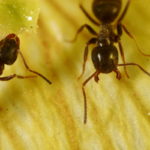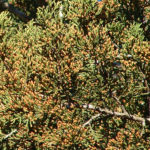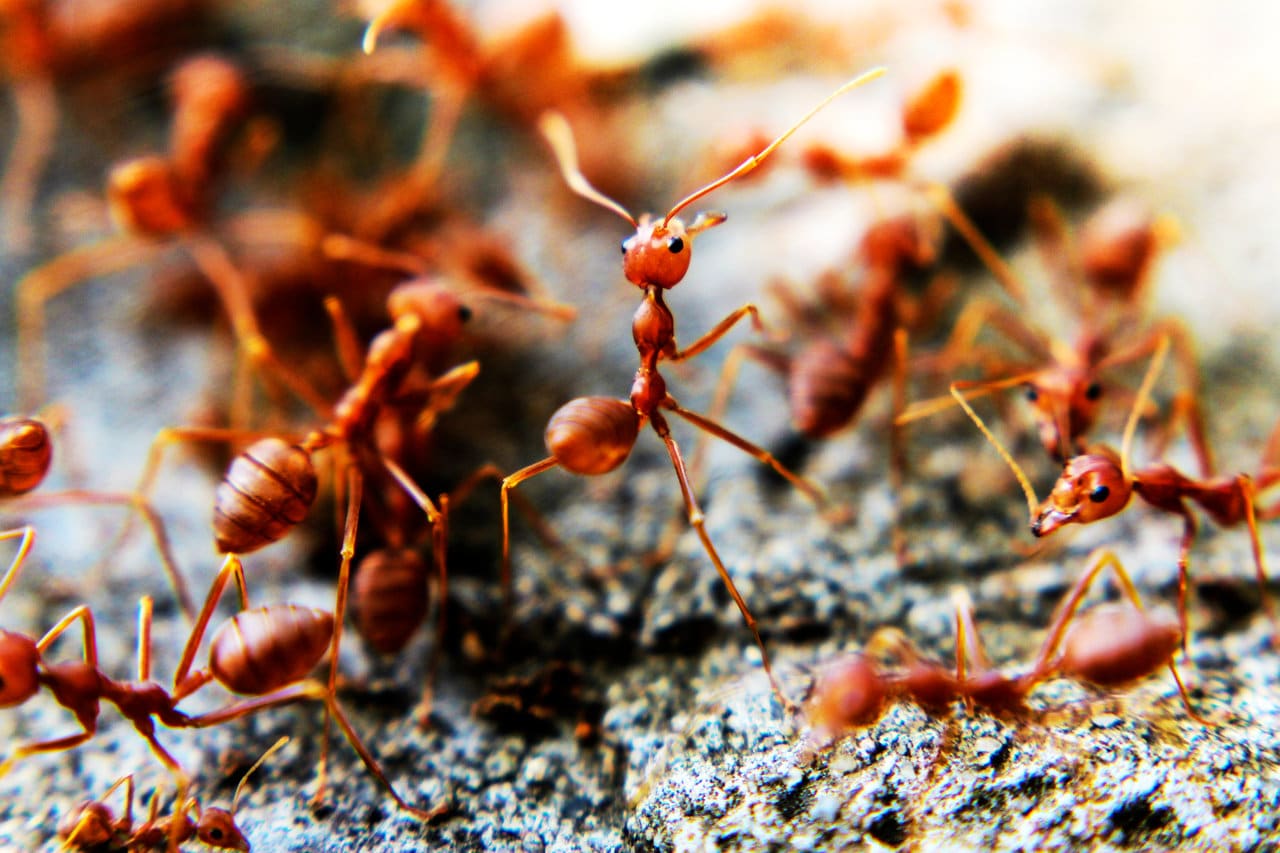
Fire ants! They bite, and it hurts. Their sting can make you, your pets, and livestock sick.

This aggressive Fort Worth pests feed on other insects and animals but can end up damaging your lawn, even though they aren’t plant-eaters.
First, the bad news. You cannot completely eliminate fire ants. It’s not possible to treat all the areas overrun by the tiny creatures.
The good news, however, is it’s possible to subdue them and lessen the damage they do. Entomologist Paul Nester, formerly of Texas A&M Agrilife Extension, says, “There may not be one ‘best’ method for fire ant control, especially in large areas. The objective should be to find the method or methods that are cost-effective and environmentally sound.”
A Closer Look
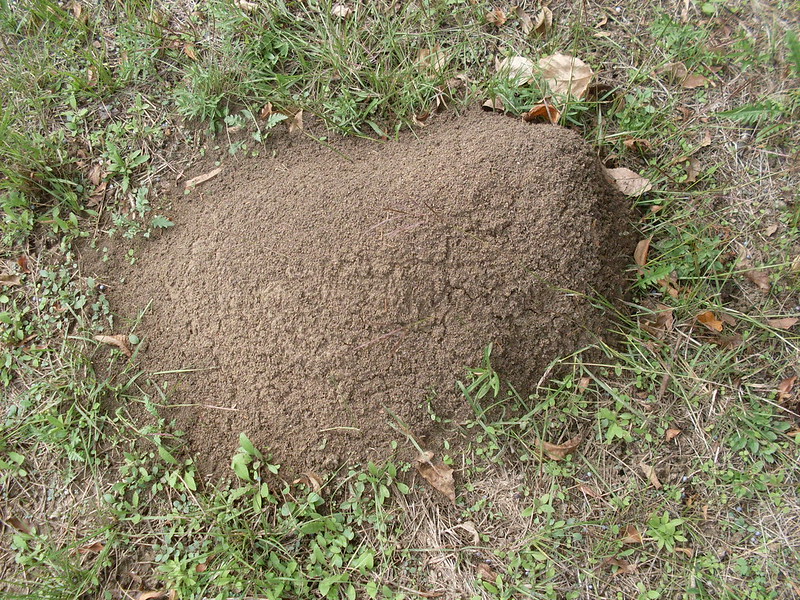
Red imported fire ants first invaded the U.S. in the 1930s, stowing away on a cargo ship from South America. These pests overrun native ants and set up colonies in lawns and grassy areas across the Southeastern United States. Fire ant nests turn up in yards that are mowed and watered regularly. They also nest in vegetable gardens, next to buildings and in sidewalk cracks. Who hasn’t seen those ugly mounds of dirt coming out of a crack! And while it’s not common, they sometimes invade homes looking for food and water.
Fire ants are particularly active in the spring and fall. They travel between yards, especially after rain leaves standing water. They’re tough to track down because the tunnels to their nest can extend several feet beyond the mound. During hot, dry weather, they move deeper into the ground, sometimes without leaving a mound behind.
Damage
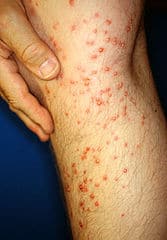
These aggressive little pests can cause quite a bit of damage. They chew on electrical wires, causing short circuits or interfering with switching. They damage crops and sting animals that step on their mounds. Fire ants also attack humans, causing painful pus-filled bumps. In some cases, where the victims are allergic, the bites are fatal. The invasive pests cause damage in both urban and rural areas. The Food and Drug Administration estimates that more than 5 billion dollars is spent each year on medical treatment, damage, and control.
Removal Methods
Getting rid of fire ants is never easy, but you can make great strides in clearing them from your property.
Two-Step Method
This method includes using baits and individual mound treatments. Thus, two-step! It’s probably the most effective way to control fire ants.
Baits
Baits are slow-acting and take several weeks to work. They’re efficient because the worker ants take the bait (processed corn grits and soybean oil coated with insecticide) back to the colony to share with the queen, which then dies. Bait should be applied to dry grass and ground when there’s no rain in the forecast. You can apply it over wide areas with a hand-held seed spreader. You need to administer the baits at least twice a year when the weather is warm.
Individual Mound Treatments
After treating a wide area, with the two-step method, you then go back and treat individual mounds. You can use chemicals or go organic. Let’s first look at using insecticides. Dust products don’t need water and act quickly. Liquids usually get rid of the mounds in a few hours. While granular products are also fast-acting, you’ll need to distribute the chemicals and then sprinkle a significant amount of water over them without disturbing the mound.
Organic
Organic efforts include pouring two to three gallons of boiling water on the mound. This is effective in killing ants about 60 percent of the time. Many of the ants simply move to another mound. Also, the hot water will kill the surrounding grass and vegetation, so be careful if this is the method you choose. A concoction of orange oil (available at many nurseries around Fort Worth) and dishwashing liquid mixed with water is about 75% effective in killing these ants.
Diatomaceous earth is also eco-friendly but is only about 60% effective in killing the ants. And it won’t get rid of the entire colony. But then again, it won’t harm any of the beneficial bugs in your lawn or garden. You must be very careful when using any kind of dust, whether chemical or organic, not to inhale it.
You can, of course, have an exterminator come and do the dirty work for you, but if you’d rather DIY, try some of the methods we’ve mentioned. The Texas A&M Agrilife Tarrant County Extension Office in Tarrant County is a great place to go for help.
Paul R. Nester, Ph.D., recently retired after serving more than 20 years with the Texas A&M extension service. He’s an entomologist who practices IPM (integrated pest management) and eco-friendly pest control.
